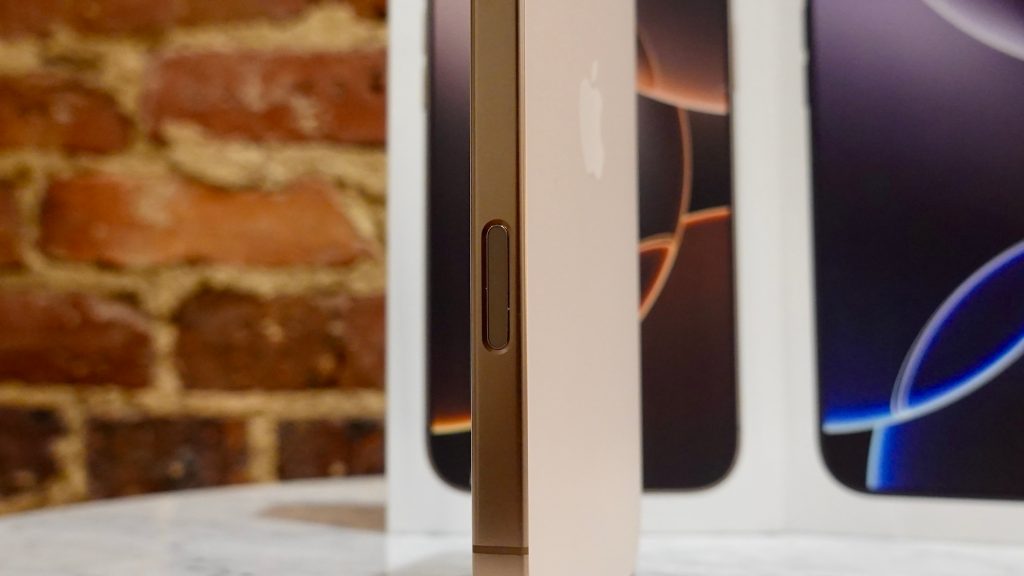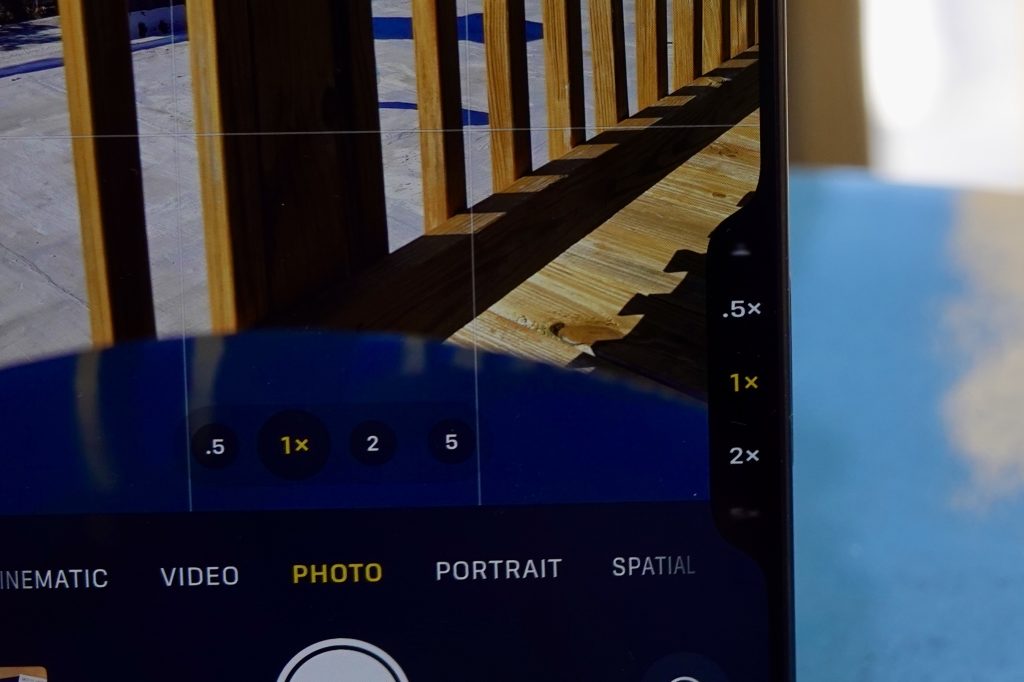
At this point, you’ve probably read a lot about the iPhone 16 and iPhone 16 Pro. You don’t need me to recap new features like the Camera Control, bigger screens, upgraded Ultra Wide camera, or better battery life. I’ll offer some of those thoughts, anyway, but I’ve been looking at the iPhone 16 and iPhone 16 Pro mainly through the lens of their broader place in the smartphone ecosystem.
Hear me out: I think the combination of iOS 18 and the current iPhone lineup could be the most compelling package ever for those considering switching from Android.
During an earnings call several years ago, Apple CEO Tim Cook remarked that one of the company’s primary focuses was convincing Android users to switch to iPhone. I came across a thread on Reddit, where Android users laid out some of the things Apple would need to do before they’d even consider switching to iPhone. Some of the most common requests at the time included USB-C, new customization and widget options, bigger screens, better messaging, and more options across more price points.
As it turns out, Apple has been gradually ticking those boxes over the past several years. With iPhone 16 and iOS 18 this year, Apple checked a few more – and it might be enough to push a new wave of Android switchers over the edge.
The iOS 18 impact

As I wrote in my review last month, iOS 18 marks what I think is Apple’s most personal update yet for iPhone users.
- New Home Screen personalization options: icon tinting, hiding app and widget names, placing app icons and widgets anywhere
- A new Photos app that is entirely customizable so you can move around different sections, memories, and more.
- A fully customizable Control Center design, including integration with third-party apps and controls.
All of these changes add up to make iOS 18 more customizable and personal than ever before. You can create an iPhone experience that is truly unique and unlike anything you’d see on someone else’s iPhone. The iOS 18 changes also build upon years of previous changes Apple has made to improve iPhone personalization. This includes widgets with iOS 14 and the customizable Lock Screen introduced with iOS 16.

However, Apple hasn’t just mirrored the options that were previously available on Android. These changes have been implemented in a way that ensures the default iPhone experience is enjoyable for people who don’t want to bother customizing things. Similarly, you can choose to adhere to the same iOS guardrails as you always have.
Beyond customization, iOS 18 also adds RCS support. I firmly believe that the lack of RCS support on iPhone was one of the biggest reasons some Android users refused to even consider switching to iPhone. Whatever Apple’s motives were for finally adopting RCS, I’m glad to see it finally happen. Should Apple have done it years ago? Probably. But at least the wait is finally over.
But I’d be remiss if I didn’t mention some areas in which the iPhone still lags behind Android in terms of openness, at least in the eyes of some users. Android is vastly more open to things like sideloading and installing apps from alternative sources, even if Google has cracked down on that over the years. Android also has more robust system-wide theming and better support for setting defaults.
Apple clearly, and rightfully so in most cases, views things like this as risks to iPhone privacy and security. For some people, that’s a tradeoff they’re willing to make, and for those people, the iPhone probably isn’t the right choice.

Another crucial factor to this is that Apple has made significant improvements to the experience of switching from Android to iPhone over the last several years. Apple’s “Move to iOS” app makes it easy to transfer a surprising amount of data from Android to iPhone, including contacts, message history, camera photos and videos, photo albums, files and folders, accessibility settings, display settings, web bookmarks, mail accounts, WhatsApp messages and media, and calendars.
With iOS 18 this year, Apple says that the transfer process is faster than before and that voice memos are now migrated. There are also improvements to Wi-Fi migration, dual SIM labels, and more.
All of this is in addition to the preexisting things that make the Apple ecosystem so strong, including iMessage, Apple Watch, Emergency SOS, and messages via Satellite, the robust third-party app library on the App Store, AirPods and their health features, and more. Some of those features might just end up saving your life.
The key point I’m trying to make is that all of these changes are not only good for iPhone users, but also for the broader smartphone ecosystem. It’s hard to look at the changes and not view at least some of them as representing a concerted effort to broaden the iPhone’s potential market.
iPhone 16 hardware

The iPhone 16 and iPhone 16 Pro feel like the result of five years of design perfection.
- iPhone 12: The introduction of the flat-sided form factor across four different models along with MagSafe.
- iPhone 13 Pro: The first iPhone with ProMotion, which I think is one of the most dramatic iPhone upgrades ever for day-to-day life.
- iPhone 14 Pro: The evolution from the notch to the Dynamic Island. The iPhone 13 mini is replaced by the iPhone 14 Plus.
- iPhone 15 Pro: The switch from stainless steel to titanium, making the phones significantly lighter. Also: the introduction of the Action button as a replacement for the mute switch, thinner display bezels, and USB-C.
- iPhone 16: Larger displays, slimmer bezels, significant improvements in heat dissipation and battery life, and the Camera Control. Also, the Action button expands to the entire lineup.
With rumors of a dramatic “iPhone 17 Slim” redesign coming next year, the iPhone 16 and iPhone 16 Pro could be the final form of the design era that started with the iPhone 12. Some might view that as a reason to skip this year and wait to see what’s new with the so-called “iPhone 17 Slim.” The more logical argument for most people is that the iPhone 16 represents the culmination of five years of perfection and response to user feedback.
Remember earlier when I mentioned that one thing Android users wanted was more options across more price points? The iPhone lineup nowadays is stronger than it’s ever been across multiple price points. The iPhone 16 and iPhone 16 Plus are the strongest non-Pro model iPhones have ever been, packing the Action button, Camera Control, and A18 chip.

The Camera Control is interesting. The common sentiment among many iPhone 16 users is that the Camera Control is trying to do too much. I think that’s something I broadly agree with, but the Camera Control is also only as complicated as you make it. You can disable the swipe and light press gestures in the Settings app, turning it into nothing more than a simple button.
One change I’d like to see is the option to lock the Camera Control interface to a single menu. I like using it to switch between the different lenses, but too often, I find myself in other menus by mistake. My preference would be to “lock” the Camera Control to the “Cameras” menu and use it to swipe through those options, take pictures, and nothing more.
Still, I love that Apple has added not one but two new buttons to the iPhone in the last two years. Adding the Camera Control also frees up the Action button so that users can assign it to a different setting. With iOS 18, the Action button can be linked to a ton of new options, going back to the personalization I highlighted earlier.

If there’s one thing holding the iPhone 16 models back, however, it’s their displays. Three years after bringing ProMotion to the iPhone 13 Pro and seven years after bringing it to the iPad, the feature is still exclusive to the Pro model iPhones. I’d even settle for a compromise at 90Hz. In the current ultra-competitive smartphone world, I don’t think 60Hz cuts it nowadays for a phone that starts at $799.
In addition to the four iPhone 16 models, Apple still sells the iPhone 14 and iPhone 15. I have a tough time recommending the iPhone 14 nowadays because it still uses Lightning, but the iPhone 15 and iPhone 15 Plus are incredibly solid phones at fantastic price points.
9to5Mac’s Take
In iPhone reviews, there’s a lot of focus (too much) on year-over-year changes. The vast majority of people don’t update their iPhones every year. And when most people do update their iPhones, they lock themselves into two or three-year financing and installment agreements with their carriers.
That’s not to say the iPhone 16 and iPhone 16 Pro don’t offer multiple year-over-year enhancements. There’s the all-new Camera Control, bigger screens, the expansion of the Action button, the new A18 and A18 Pro chips, the dramatically better Ultra Wide camera, and much more.
But to only look at the iPhone 16 as an evolution to the iPhone 15 is shortsighted. To only look at the iPhone 16 as an evolution of the iPhone in general is shortsighted. The smartphone industry is broader and more competitive than ever, particularly outside the United States. The iPhone 16 and iOS 18 are Appel continually responding to the changing smartphone industry.
I’ve generally grown to despise the word “iterative” when used in the context of an iPhone review. Some years are bigger than others, sure, but every year, there are people considering a new iPhone for whom an upgrade would not be iterative. This includes people upgrading from an iPhone that is several years old and people switching to the iPhone for the first time.
If the iPhone 16 is someone’s first-ever iPhone, they clearly made the decision to switch from Android because they knew the change would be anything but iterative.
There are many factors that go into what smartphone people decide to buy, and even more factors that go into someone considering a switch from Android to iPhone (or the other way around). There are societal and social implications, financial reasons, app ecosystems, enterprise considerations, vibes, and much more.
These platform changes aren’t made on a whim, and convincing someone to even consider switching is a tall order. This year, however, I think Apple might’ve done it.
More than ever, the iPhone 16 and iOS 18 feel like the culmination of years of work broadening and expanding the ecosystem to entice new iPhone users. This year, more than any previous year, I think Apple has put together a compelling package for Android users looking to make the jump to iPhone.
My favorite iPhone accessories:
- Anker Power Bank with built-in USB-C Cable
- Charge your iPhone, Apple Watch, and AirPods at the same time
- Bring wireless CarPlay to any car
- USB-C cable with built-in screen
- The best earbuds for Apple users
FTC: We use income earning auto affiliate links. More.



Comments